#Kabyle
Text


Algerian culture
57 notes
·
View notes
Text
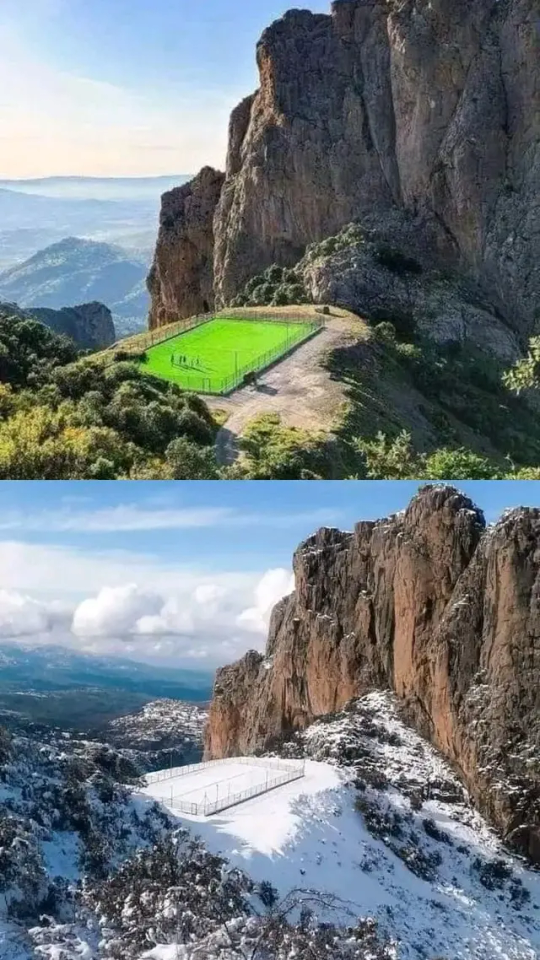
Le Stade de Berkis : Où la Majesté du Football Rencontre la Beauté Naturelle, Niché dans le Village d'Ath Zikki, Wilaya de Tizi Ouzou - Algérie ❤️🇩🇿
44 notes
·
View notes
Text
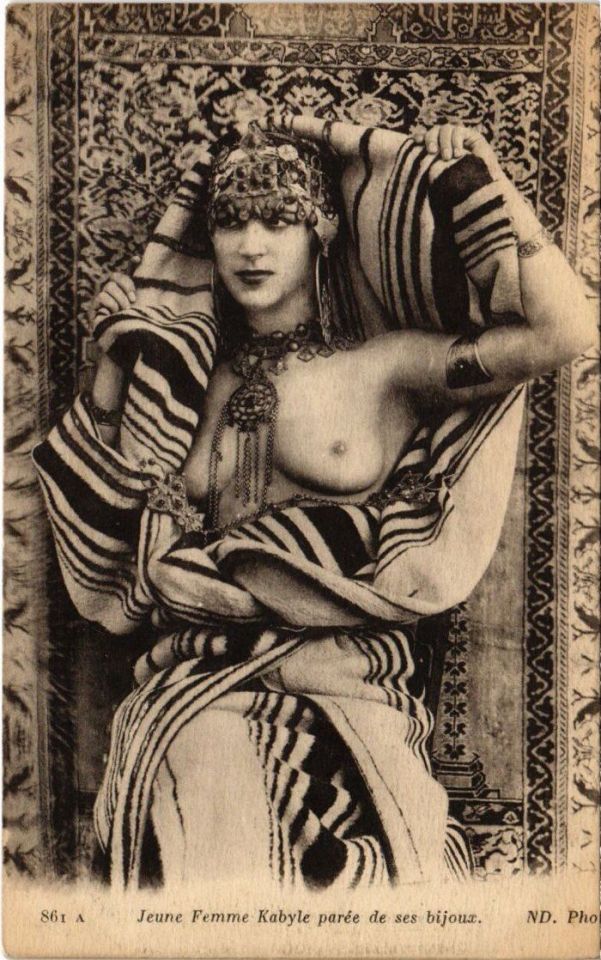
Woman from the Kabyle region of Algeria
French vintage postcard
#historic#briefkaart#woman#postkaart#carte postale#algeria#ephemera#tarjeta#photo#postcard#postal#postkarte#region#ansichtskarte#french#sepia#kabyle#photography#vintage
13 notes
·
View notes
Photo

Lalla Fadhma N'Soumer (d. 1863)of the Kabyle Resistance against France shown in combat in this print. Though apparently IRL she didn't use weapons in the field.
39 notes
·
View notes
Text
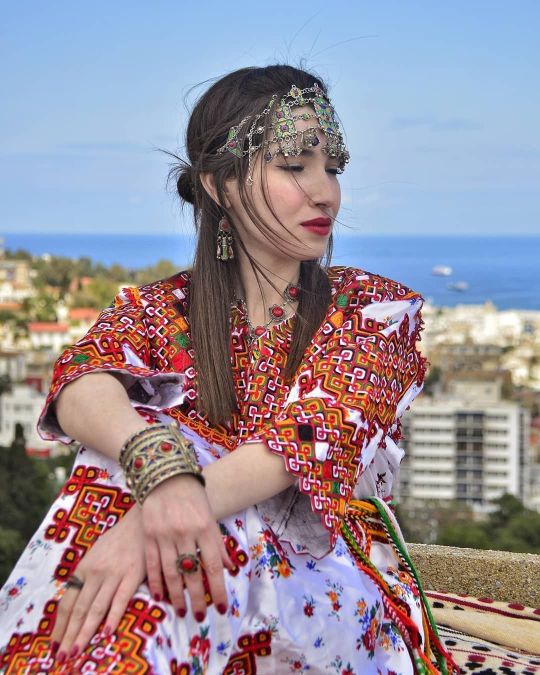
Kabyle Amazigh woman, Algeria
#kabyle#amazigh#algeria#africa#north africa#folk clothing#traditional clothing#traditional fashion#cultural clothing
307 notes
·
View notes
Text
Berber Tattooing: Exploring Amazigh Tattoo Culture and Moroccan Women’s Face Tattoos (Book)
Berber tattoos, also referred to as Amazigh tattoos, serve as a vibrant reflection of the diverse cultural heritage of North Africa's indigenous Berber population. These meticulously crafted and captivating tattoos transcend mere skin-deep artistry; they function as vessels embodying the rich tapestry of heritage, social standing, and personal narratives seamlessly interwoven into the very fabric of Berber identity.
With a historical lineage stretching back millennia, the Berber people have fostered a profound connection with the natural world. Within the realm of Berber tattoos, this deep affinity manifests through a striking array of symbolic depictions, each laden with profound meanings that resonate with life, belief systems, and pivotal moments.
Nature assumes a central role in the realm of Berber tattoos, where symbols bear the imprint of animals, plants, and celestial bodies. The towering palm tree, symbolizing strength, growth, and resilience, serves as a potent representation of life and prosperity deeply ingrained in Berber culture. Likewise, the snake, embodying a guardian spirit, symbolizes wisdom and healing, acting as a protective force against malevolent influences and ushering in good fortune.

Amazon Link: a.co/d/gRSF3Jy
Drawing from ancient Egyptian iconography, the Berber people adopted the Eye of Horus, a potent symbol believed to ward off evil and usher in good luck. Equally significant is the Hand of Fatima, an open palm that serves as a protective talisman against the evil eye and negative energies.
The Amazigh Cross, often referred to as the “Agadez Cross,” serves as a compass of sorts, offering guidance and orientation during travels and life’s journeys. In the vibrant world of Berber tattoos, women play a central role, embodying themes of fertility, femininity, and the enduring legacy of the tribe.
Berber tattoos are not mere embellishments; they are markers of life’s milestones and rites of passage. For young Berber girls, their first tattoos, often received during puberty, symbolize the transition into womanhood and eligibility for marriage. These tattoos bear not only ink but the weight of cultural identity and pride.
The complexity and number of tattoos worn can also signify an individual’s standing within the community. Leaders and elders, with their wealth of wisdom and life experiences, may display more intricate and elaborate tattoos.


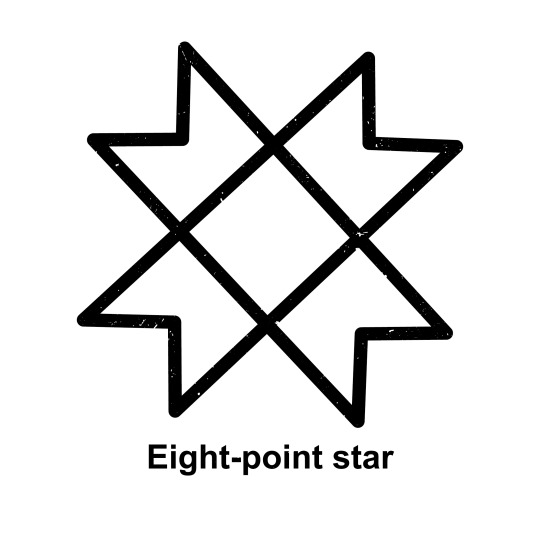

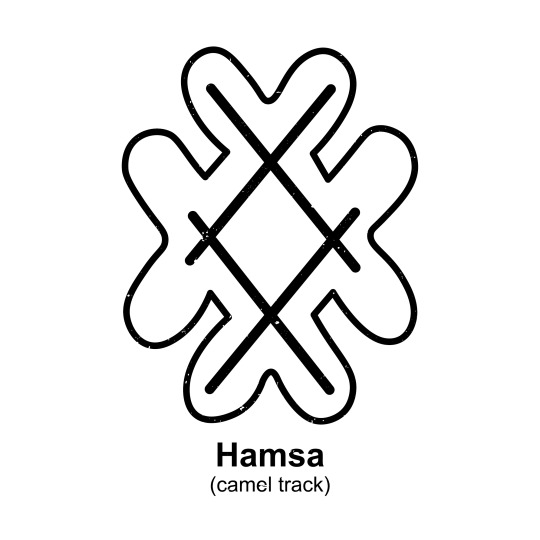

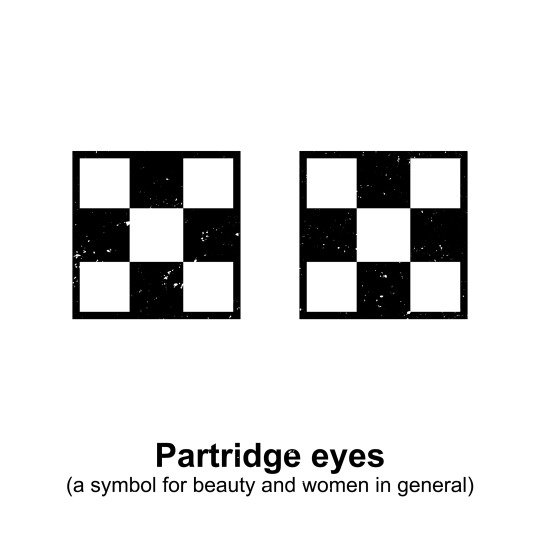


From “Berber Tattooing: Exploring Amazigh Tattoo Culture and Moroccan Women’s Face Tattoos”, illustrated by Mohammed Jiari
In recent times, there has been a renaissance of interest in Berber tattoos. Efforts to preserve and reinvigorate this ancient art form have borne fruit. Modern-day artists and tattoo enthusiasts explore the depths of Berber symbolism, infusing tradition with innovation to create contemporary designs that pay homage to the past.
This resurgence is not only about the art itself but also about nurturing cultural pride and identity among the Berber community. These timeless designs remain a vibrant and integral part of Berber heritage, ensuring that the symbolic meanings of Berber tattoos continue to thrive, enchanting and resonating with generations to come.



#africa#amazigh#berber#morocco#tattoo#tattoos#art#berber rug#Berber tattooing#maroc#marocco#berber tattoos#berber symbols#tattooing#kabyle#tribal tattoo#tribal art#african culture#african tribe#north africa#Berber Tattooing: in Morocco's Middle Atlas
18 notes
·
View notes
Photo
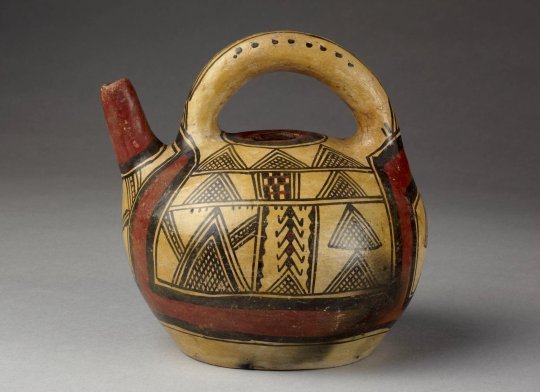
Teapot-shaped vessel, earthenware, Algeria, Grande Kabyle, Djurdjura region (probably Aït Aïssi group), before 1868
(via V&A)
9 notes
·
View notes
Text
NORTH & EAST AFRICAN RESOURCES
The Anthropological Masterlist is HERE.
North Africa is an African region that spans the northern part of the continent. North Africa shares many cultural and linguistic similarities with the Middle East.
BERBER ─ “The Berber, or Amazigh, people are an African people. They are native to North Africa.”
─ Berber Encyclopedia (in French)
─ Amazigh Culture (in French)
─ Berber Dictionary (in French)
GUANCHE ─ “The Guanche people are an African people. They are native to the Canary Islands.”
─ Guanche Information
─ Guanche History
KUSHITE ─ “The Kingdom of Kush was a Northeast African civilization that lived from 1070 B.C.E. to 550 C.E. They lived in modern-day northern Sudan and southern Egypt.”
─ Kushite Information
─ Kerma History
─ Meroitic Language
KABYLE ─ “The Kabyle people are an African people. They are native to northern Algeria.”
─ Kabyle History (in French)
East Africa is an African region that spans the eastern part of the continent. East Africa shares many cultural and linguistic similarities with the Middle East.
BAGANDA ─ “The Baganda, or Ganda, people are an African people. They are native to Buganda in Uganda.”
─ Baganda Culture
BANYARWANDA ─ “The Banyarwanda, or Kingdom of Rwanda, were an African people that lived from the 15th century C.E. to the 20th century C.E. They lived in modern-day Rwanda.”
─ Rwanda in the 20th Century
─ Genocide in Rwanda
DINKA ─ “The Dinka people are an African people. They are native to South Sudan.”
─ Dinka Culture
─ Dinka Language
─ Dinka Language Grammar
ETHIOPIAN ─ “The Ethiopian people are an African people that share the Ethiopian culture. They are native to Ethiopia.”
─ Ethiopian History
─ Afar Language
─ Ethiopian Music
KIPSIGIS ─ “The Kipsigis, or Kipsigiis, people are an African people. They are native to Kenya.”
─ Kipsigis Recordings
LOZI ─ “The Lozi, or Barotse, people are an African people. They are native to Barotseland in western Zambia.”
─ Barotseland Information
─ Lozi Language
LUGBARA ─ “The Lugbara people are an African people. They are native to the West Nile region in Uganda.”
─ Lugbara Culture
─ Sacrifice in Lugbara Culture
MAASAI ─ “The Maasai people are an African people. They are native to Kenya and northern Tanzania.”
─ Maasai Information
─ Maasai Culture
─ Maasai Language
MAKUA ─ “The Makua, or Makhuwa, people are an African people. They are native to northern Mozambique.”
─ Makua Culture
SHONA ─ “The Shona people are an African people. They are native to Zimbabwe.”
─ Shona History
─ Shona Dictionary
SWAHILI ─ “The Swahili, or Waswahili, people are an African people. They are native to the Swahili coast.”
─ Swahili Information
─ Swahili Culture
─ Swahili Dictionaries
VENDA ─ “The Venda people are an African people. They are native to the South African and Zimbabwean border.”
─ Venda Culture
─ Venda Culture
#resources#north african#east african#berber#kabyle#guanche#kushite#baganda#banyarwanda#dinka#ethiopian#kipsigis#lozi#lugbara#maasai#makua#shona#swahili#venda
83 notes
·
View notes
Text
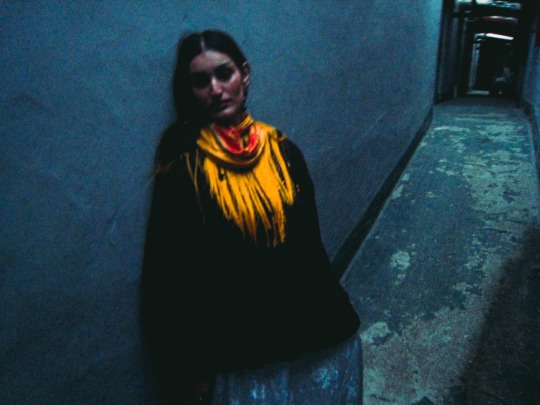
2 notes
·
View notes
Text

#algiers#alger#algerie#algeria#countryside#amazigh#kabyle#farm#mediteranean#view#sunny ☀️#nature#therapy#naturfotografie#spring#printemps
19 notes
·
View notes
Text
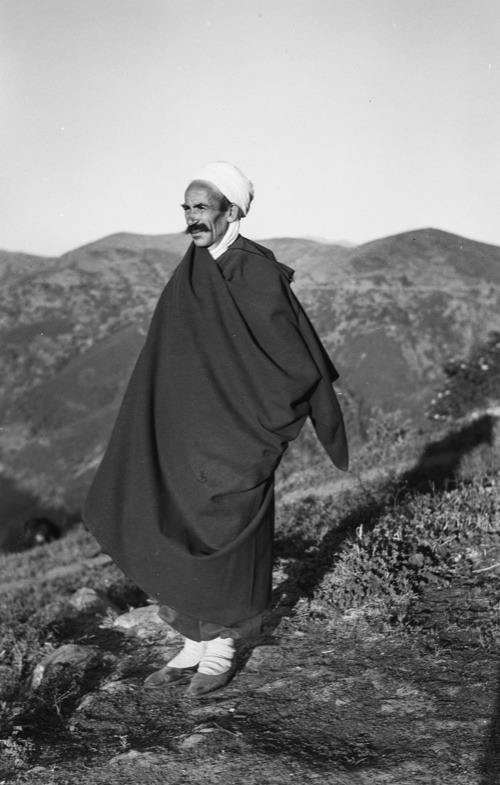
Amazigh Kabyle man in train Barnous, 1942.
Hans-Günter Wolff.
#algeria#algerie#vintagealgeria#northafrica#maghreb#kabylie#kabyle#barnous#algerianbarnous#amazighalgeria
71 notes
·
View notes
Text
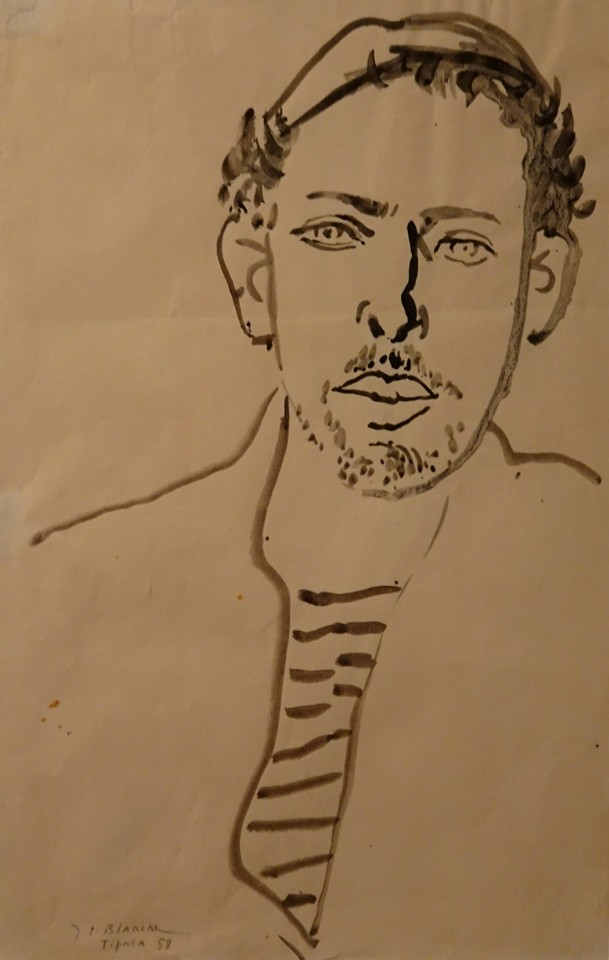


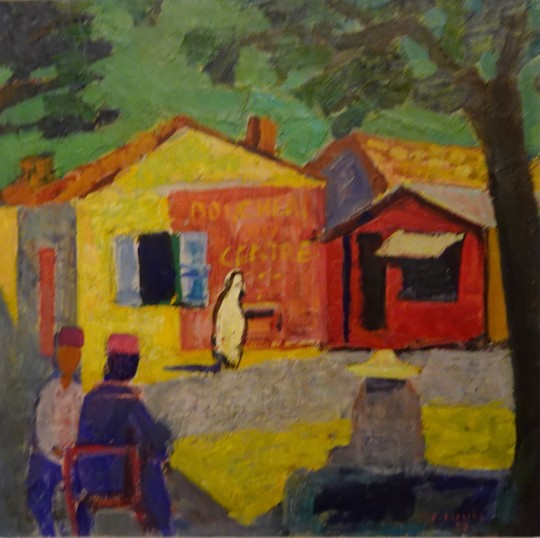

Marseille, Musée Regards de Provence. Une expo sur Jean-Pierre Blanche. Ici dans ses années algériennes, on voit encore des humains...
"Portrait d'un jeune Kabyle, Tipasa"
"Autoportrait"
"Etude de figure, Alger"
"La Boucherie du Centre, Tipasa"
"Portrait d'un Arabe"
#marseille#expo#musée regards de provence#regards de provence#jean-pierre blanche#algérie#kabyle#tipasa#alger
3 notes
·
View notes
Text
Village Aguemoune N'Ath Amar, Bejaïa - Algérie 🇩🇿
#algeria#algérie#welcome to algeria#algerian culture ✨#patrimoine#culture#architecture#discover#kabyle#la kabylie#kabylie
27 notes
·
View notes
Text
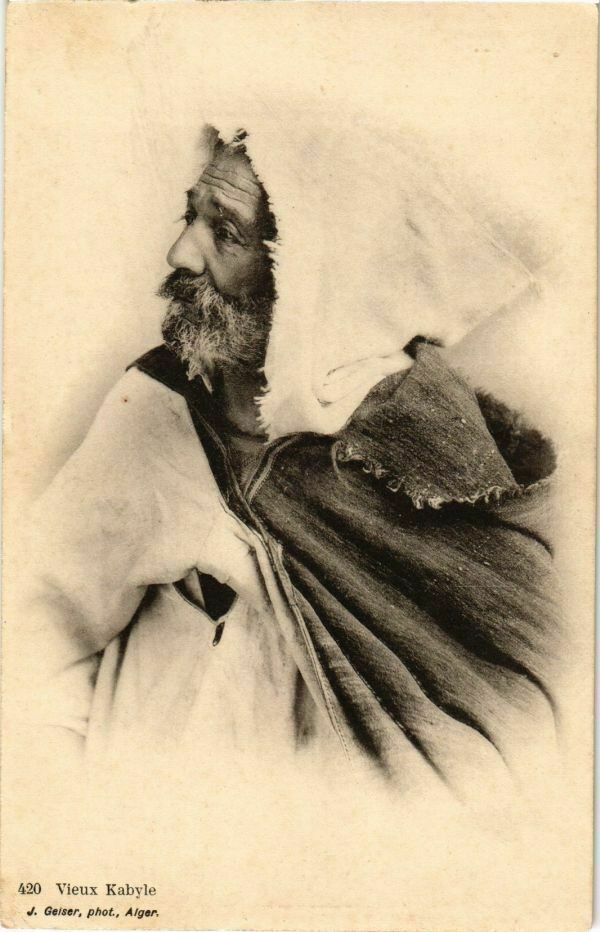
Old Berber from the Kabyle region of northern Algeria
French vintage postcard
#old#postcard#postkaart#french#algeria#vintage#briefkaart#postal#region#ansichtskarte#ephemera#photography#photo#berber#northern#postkarte#tarjeta#historic#sepia#kabyle#carte postale
20 notes
·
View notes
Photo
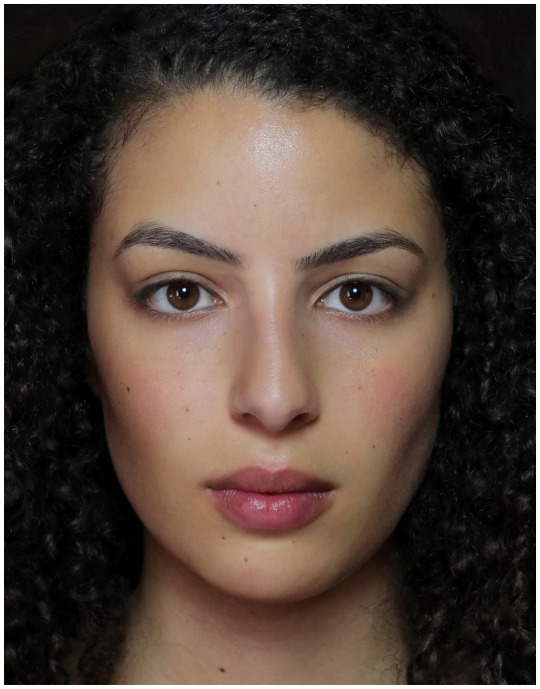
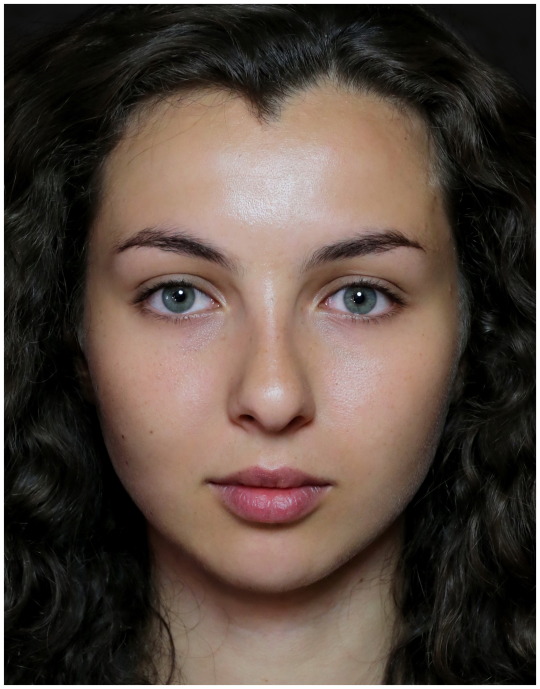

The Kabyle people (Kabyle: Iqvayliyen) are a Amazigh ethnic group native to Kabylie (or Kabylia) in the north of Algeria, one hundred miles east of Algiers. They represent the largest Amazigh-speaking population of Algeria and the second largest in Africa. Emigration, influenced by factors such as the French conquest of Algeria, deportation, and latterly industrial decline and unemployment, resulted in Kabyle people being found throughout the world. Large populations of Kabyle people settled in France and, to a lesser extent, Canada.
Kabyles speak the Kabyle language and, since the Berber Spring of 1980, have been at the forefront of the fight for the official recognition of Amazigh languages in Algeria.
9 notes
·
View notes
Text
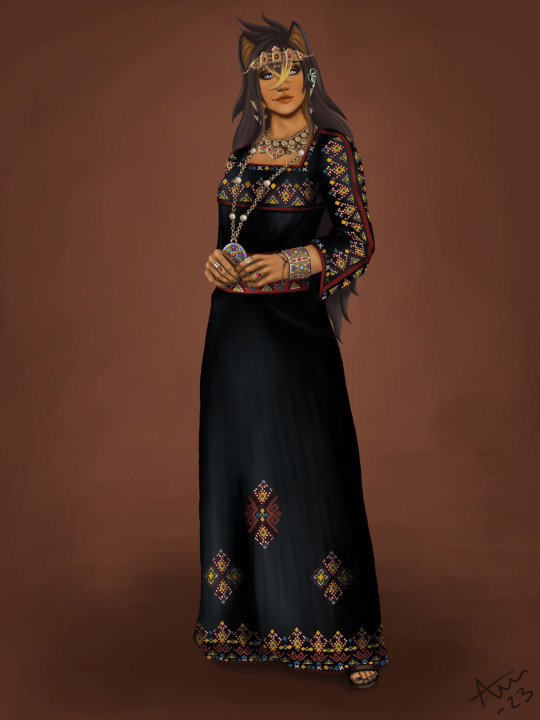

Many people agreed that Dehya is from Algeria or inspired by the Amazigh people.
This dress is called ”Kabyle” and it’s a traditional Algerian Amazigh robe
Usually with it people wear Amazigh jewellerys which you can see Dehya already wearing in her actual outfit, most noticeably the earrings.
I did a lot of researche for this but there wasn’t much to find so if I have made any mistakes please let me know🙏🏻
13 notes
·
View notes